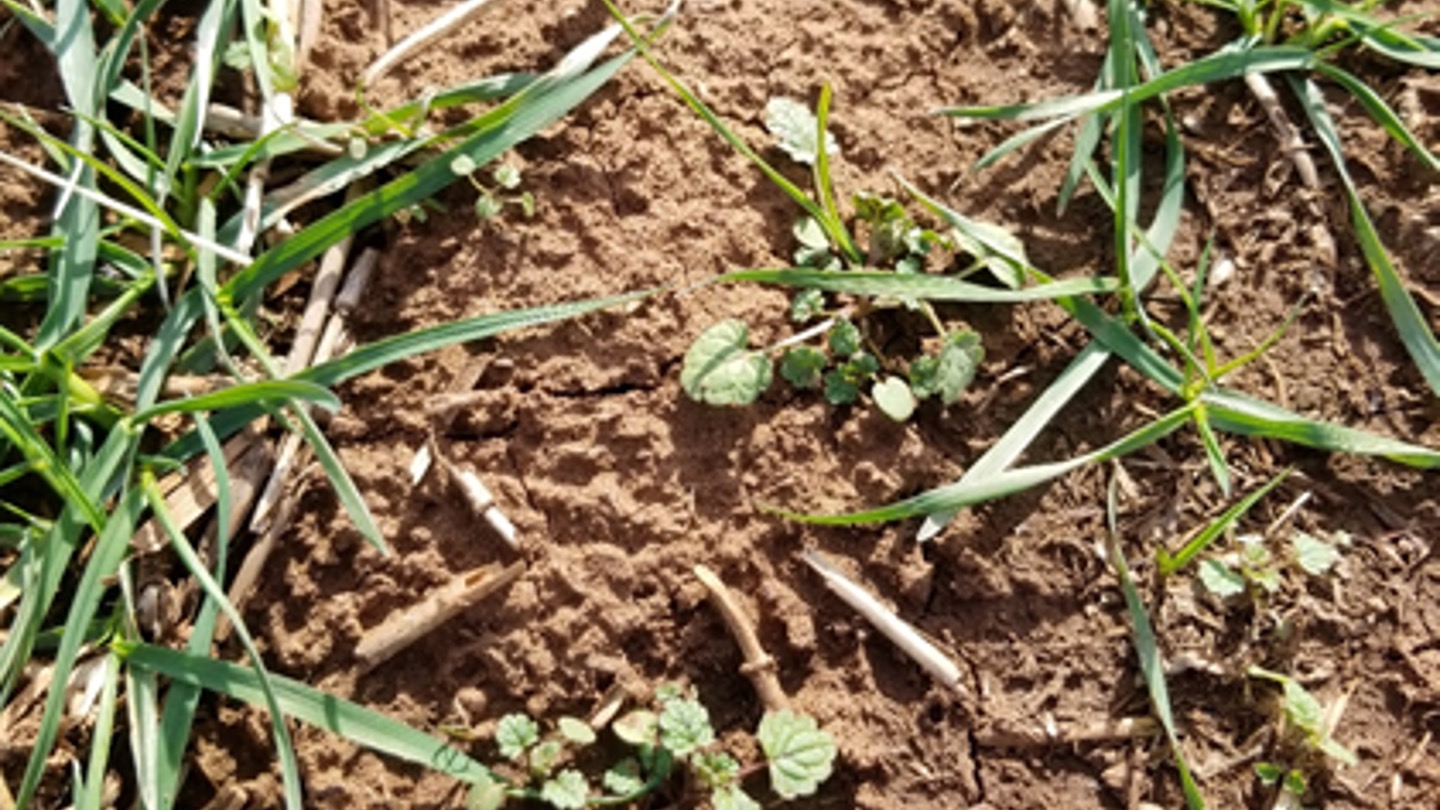Consideration for Wheat Weed Control
go.ncsu.edu/readext?1037210
en Español / em Português
El inglés es el idioma de control de esta página. En la medida en que haya algún conflicto entre la traducción al inglés y la traducción, el inglés prevalece.
Al hacer clic en el enlace de traducción se activa un servicio de traducción gratuito para convertir la página al español. Al igual que con cualquier traducción por Internet, la conversión no es sensible al contexto y puede que no traduzca el texto en su significado original. NC State Extension no garantiza la exactitud del texto traducido. Por favor, tenga en cuenta que algunas aplicaciones y/o servicios pueden no funcionar como se espera cuando se traducen.
Português
Inglês é o idioma de controle desta página. Na medida que haja algum conflito entre o texto original em Inglês e a tradução, o Inglês prevalece.
Ao clicar no link de tradução, um serviço gratuito de tradução será ativado para converter a página para o Português. Como em qualquer tradução pela internet, a conversão não é sensivel ao contexto e pode não ocorrer a tradução para o significado orginal. O serviço de Extensão da Carolina do Norte (NC State Extension) não garante a exatidão do texto traduzido. Por favor, observe que algumas funções ou serviços podem não funcionar como esperado após a tradução.
English
English is the controlling language of this page. To the extent there is any conflict between the English text and the translation, English controls.
Clicking on the translation link activates a free translation service to convert the page to Spanish. As with any Internet translation, the conversion is not context-sensitive and may not translate the text to its original meaning. NC State Extension does not guarantee the accuracy of the translated text. Please note that some applications and/or services may not function as expected when translated.
Collapse ▲
The extended sunny and dry weather has been great for our harvest season. Those planting wheat on the other hand, may wish for a nice half inch of rain. As of this writing there is little chance of that in the next 10 days. If you traditionally have problems with early season weeds in your small grain, consider these factors:
Generally, our herbicides require about .5 inches of rain within 7-10 days to be activated. Without this, control will be less than desired.
Our window for planting is basically between the end of October and Thanksgiving, so that gives us about 21 days to get this crop in. If you need to start planting now, consider delaying your herbicide application until a decent rain chance is in the forecast, then make a late preemergence application with a product like Anthem Flex, Zidua or Axiom or Fierce, depending on your weed problems, soil type etc.
If you have not had annual ryegrass escapes in your past crops, late season control may be possible with products like Osprey or PowerFlex. (Note, if you have had ryegrass escapes in the past, you likely have ALS resistant ryegrass and these will not give good control.
Written by Billy with consultation from Dr. Charlie Cahoon, NCSU Extension Weed Specialist




